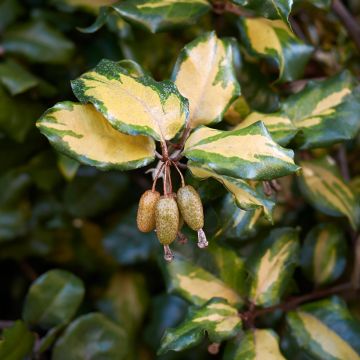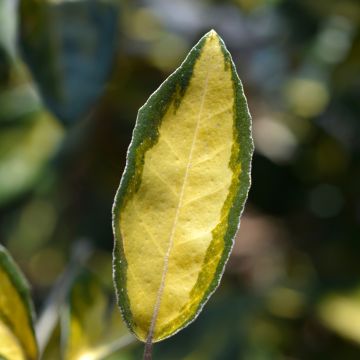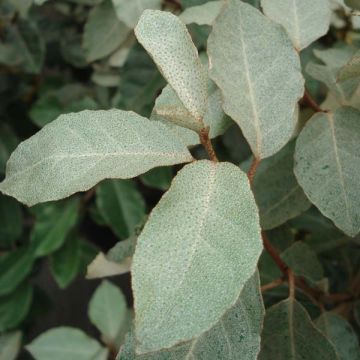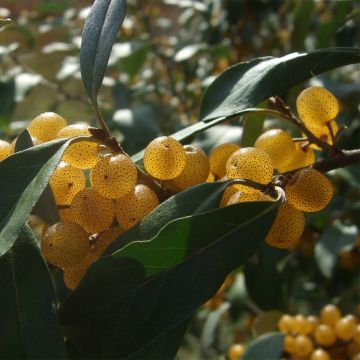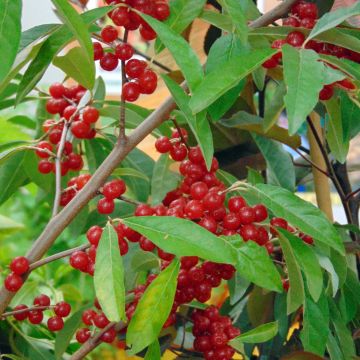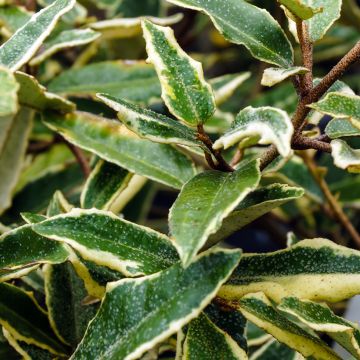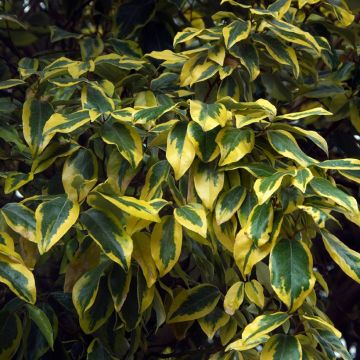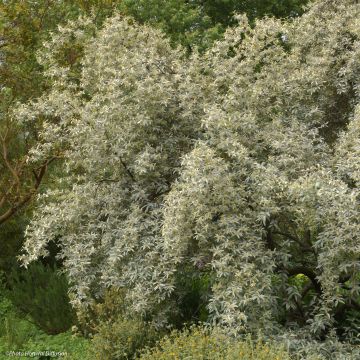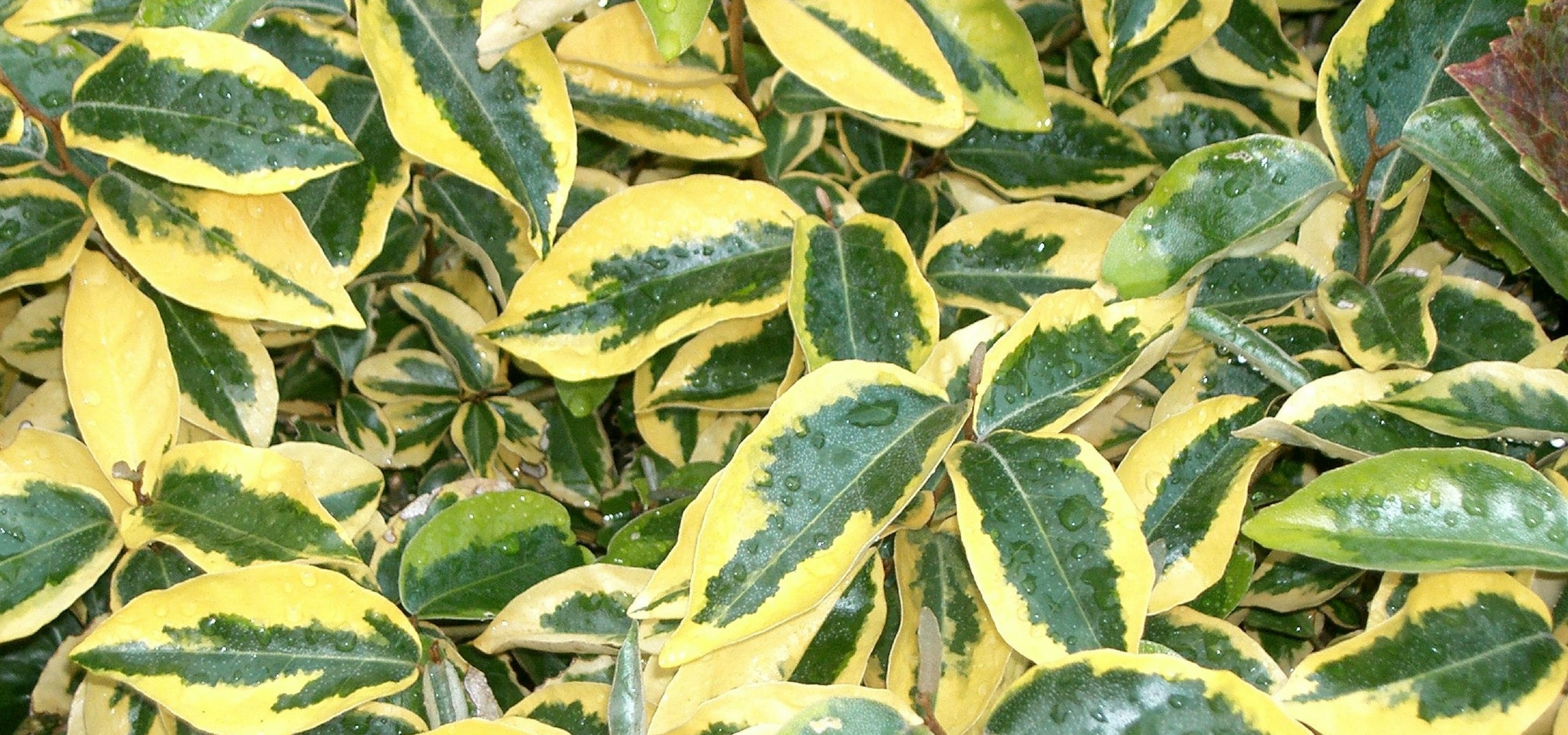
My Eleagnus (oleaster) is losing its leaves
Discover how to identify psyllids and protect your Eleagnus
Contents
Although Elaeagnus x ebbingei (also known as oleaster) has a solid reputation for hardiness, it can experience some minor health issues in recent years. If you notice that your bush is yellowing and losing its leaves, it is highly likely that it is being attacked by the Elaeagnus psyllid, a small sap-sucking insect that feeds on the sap of the bush. Native to Asia and detected in France since 1999, this pest spreads rapidly and can seriously weaken your plant if not treated in time.
In this article, learn to identify the characteristic symptoms of this infestation and discover natural and effective solutions to protect your Elaeagnus and restore its vigour.
What are the symptoms?
The first signs of infestation by the Eleagnus psyllid usually appear on the leaves located at the lower part of the bush. These quickly turn yellow before falling prematurely. The remaining foliage becomes sticky due to the honeydew secreted by the insects, a sugary substance that encourages the appearance of sooty mould, a black, sooty deposit that covers the leaves and hinders photosynthesis. In the long run, this can weaken the Eleagnus and slow its growth.
What is the responsible insect?
The culprit behind this damage is the Elaeagnus psyllid (Cacopsylla fulguralis), a sap-sucking insect native to Asia, discovered in France in 1999. This pest feeds on the sap of the bush by piercing the leaves with its rostrate mouthpart, leading to their weakening and premature drop. It is particularly abundant in the west of France, but its spread continues in other regions due to its strong adaptability and reproductive capacity.
Discover other Elaeagnus - Oleaster
View all →Available in 3 sizes
Available in 2 sizes
Available in 4 sizes
Available in 1 sizes
Available in 1 sizes
Available in 1 sizes
Available in 1 sizes
Available in 1 sizes
Available in 2 sizes
Available in 1 sizes
What solutions are there to combat the psyllid?
The most effective and natural treatment involves spraying a solution of diluted black soap (approximately 300 ml of liquid black soap for 10 L of water). This solution works by suffocating the psyllids and cleaning the sticky honeydew that encourages the appearance of sooty mould. Apply the spray, focusing on the underside of the leaves, where the insects tend to hide.
Repeat the application 2 to 3 days later to eliminate any surviving larvae. In case of persistent infestation, repeat the treatment once a week until symptoms disappear.
Additionally, promoting biodiversity in the garden is an effective preventive solution: introducing natural auxiliaries such as ladybirds and lacewings, predators of psyllids, helps to limit their proliferation.
- Subscribe!
- Contents































